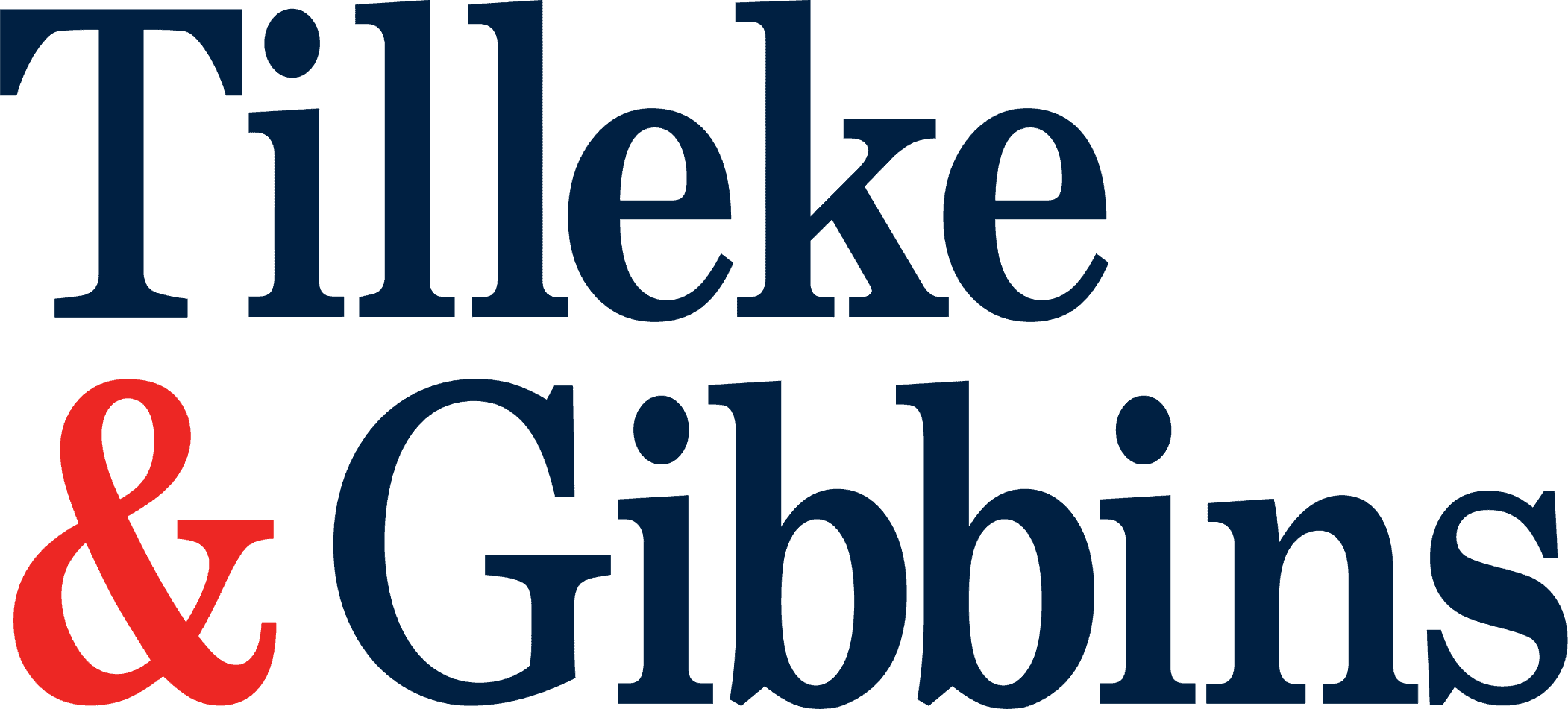
The most familiar and well-protected IP rights are copyrights, patents, and trademarks. However, geographical indications (GIs) are also protected by TRIPS, and are perhaps the most contested rights worldwide.
Like a trademark, a GI identifies the origin of goods, but refers to a particular region which yields product qualities that cannot be replicated elsewhere. In practice, most GIs relate to agricultural products, and many originate from Europe, such as the terms Champagne, Mozzarella, and Parmesan. Due to the fundamental relationship between place and product, there have been major arguments that producers outside a specified region are not permitted to use the place name on product labels, no matter how similar their product is to the GI-protected product. A few years ago, a series of European GIs for cheese products were opposed in Vietnam by U.S. producers who considered the terms common names that should not be monopolized under the GI protection scheme. In addition, the overlapping rights between trademarks and GIs and their historically tempestuous relationship add more trauma to lawmakers and IP practitioners.
Amid this controversy, Vietnam has joined many international agreements with regard to IP and GI rights, including the TRIPS Agreement, the CPTPP, and the EU-Vietnam Free Trade Agreement (EVFTA). Although Vietnam’s IP Law has been amended to reflect these agreements, Vietnamese lawmakers still bear a heavy responsibility in drafting and issuing legislation to further guide the implementation of the amended law, to not only correctly reflect Vietnam’s international commitments, but also to balance the rights of many sides with conflicting interests regarding GIs and trademarks. This legislation includes an upcoming circular regarding industrial property rights (the “draft Circular”).
Information Transparency
The CPTPP requires GI applications or petitions to be published for opposition, and provides procedures for opposing such GIs. In addition, it requires Vietnam to “make available information sufficient to allow the general public to obtain guidance concerning the procedures and the processing for filing applications or petitions to ascertain the status of specific applications and petitions.” However, Vietnam still has no public database of GIs, apart from the corresponding publications in the IP Gazette. The establishment of such a database, including the status of GI applications and registrations and relevant information and forms for opposing a GI application or requesting the cancellation of a registered GI, is crucial for meeting this requirement.
Under current practice and as provided under the draft Circular, the contents of GI applications to be published in the IP Gazette include the abstract of the specific characteristics of the product bearing the GI and the product name bearing the GI. However, in practice, the IP Gazette has not yet specified, as required under the CPTPP, (i) an indication of the individual terms for which the protection is disclaimed in the case of multi-component terms seeking protection as GIs, or (ii) an indication of whether the GI application also includes a translation or transliteration of the name for which protection is sought.
Common Terms and Fair Market Access
The amended IP Law clearly states that a GI will not be registered if it has become the common name of goods according to the perception of relevant consumers in the Vietnamese territory. However, there is still no guidance on how to determine whether a term is the “common name.” Vietnam must issue guidance on this, taking into account the CPTPP’s provision that such factors could include dictionaries, newspapers, and relevant websites, and the way the goods are marketed and used.
In addition, exceptions in the EVFTA concerning the prior use of terms such as Asiago, Feta, Fontina, and Gorgonzola state that GI protection over those names would not bar anyone in Vietnam from continuing to use the names if they had been using them in good faith before 1 January 2017. However, to date, there is no guidance or confirmation on this, leaving the companies who satisfy such conditions in limbo.
It should be noted that the guidelines under the CPTPP are a non-exhaustive list, therefore any guidance for Vietnam should also be open. In addition, it will be more practical if a non-exhaustive list of common names is made publicly available to ensure the free use of generic terms will not be threatened by future GI applications.
Prior Trademark Rights
Under the amended IP Law, a GI will not be protected if it is identical or similar to a trademark that is currently protected or is pending under an application with an earlier filing date or priority date, if the use of that GI is likely to cause confusion as to the commercial origin of the goods. The draft Circular also stipulates that within the GI examination procedure, when the IP Office identifies marks that are identical to or closely resembling the GIs, it must notify the owner of the mark and invite opinion on the GI’s registration. This could be interpreted to mean that the IP Office would not be entitled to refuse ex officio a GI when it is confusingly similar to a prior trademark, but only when there is an objection from the trademark owner—a potential conflict with Article 117 (Refusal to grant protection) of the IP Law.
Conflict between prior trademarks and GIs has actually happened—for example, the case of the “Tan Trieu” pomelo, which was granted a GI registration certificate by the IP Office in 2012 to the Dong Nai Province People’s Committee. However, the IP Office had already granted two trademark registrations for the identical sign “Tan Trieu” to Tan Trieu Que Huong Private Enterprise in 2008, also for pomelo products. The IP Office later invalidated the trademark registrations, leaving many doubts for the public.
Meanwhile, under the TRIPS Agreement, if a trademark has been applied for or registered in good faith, or if rights to a trademark had been acquired through use in good faith before the GI was protected, whether such trademark is identical or similar to a GI shall not prejudice eligibility for or the validity of the registration or use of the trademark. However, neither the IP Law nor the draft Circular touch upon this matter. Therefore, to clear up any possible conflict between owners of trademark and GIs, the law should have clearer guidance on this issue.
Outlook
Vietnam’s efforts to rebuild its existing legal system when entering the global playing field have been commendable, and the amended IP Law and draft Circular both show promising changes. However, practical measures still need to be adopted in the country’s legal framework to truly facilitate IP rights for GI and trademark owners.
This article first appeared in Managing Intellectual Property.
